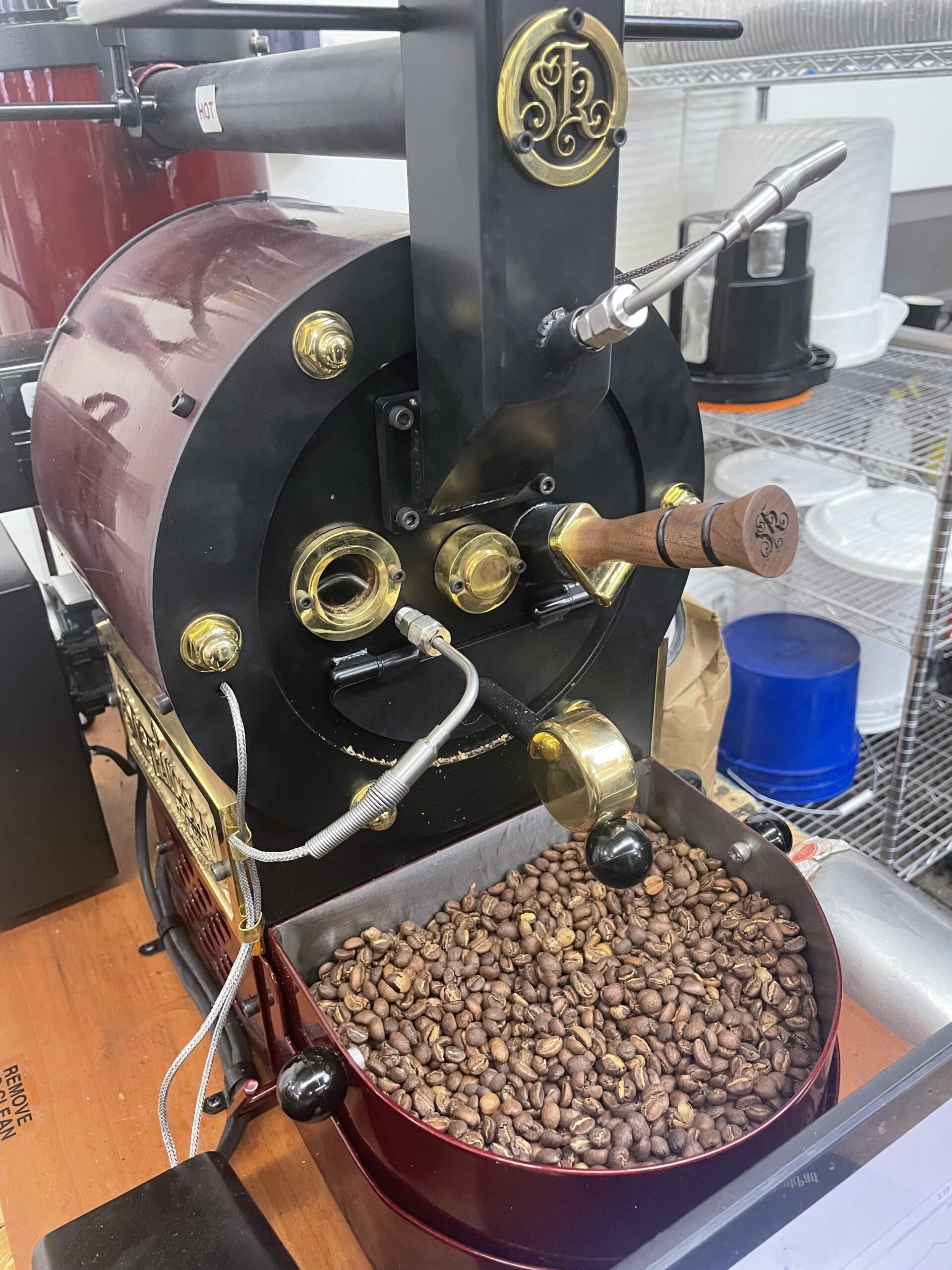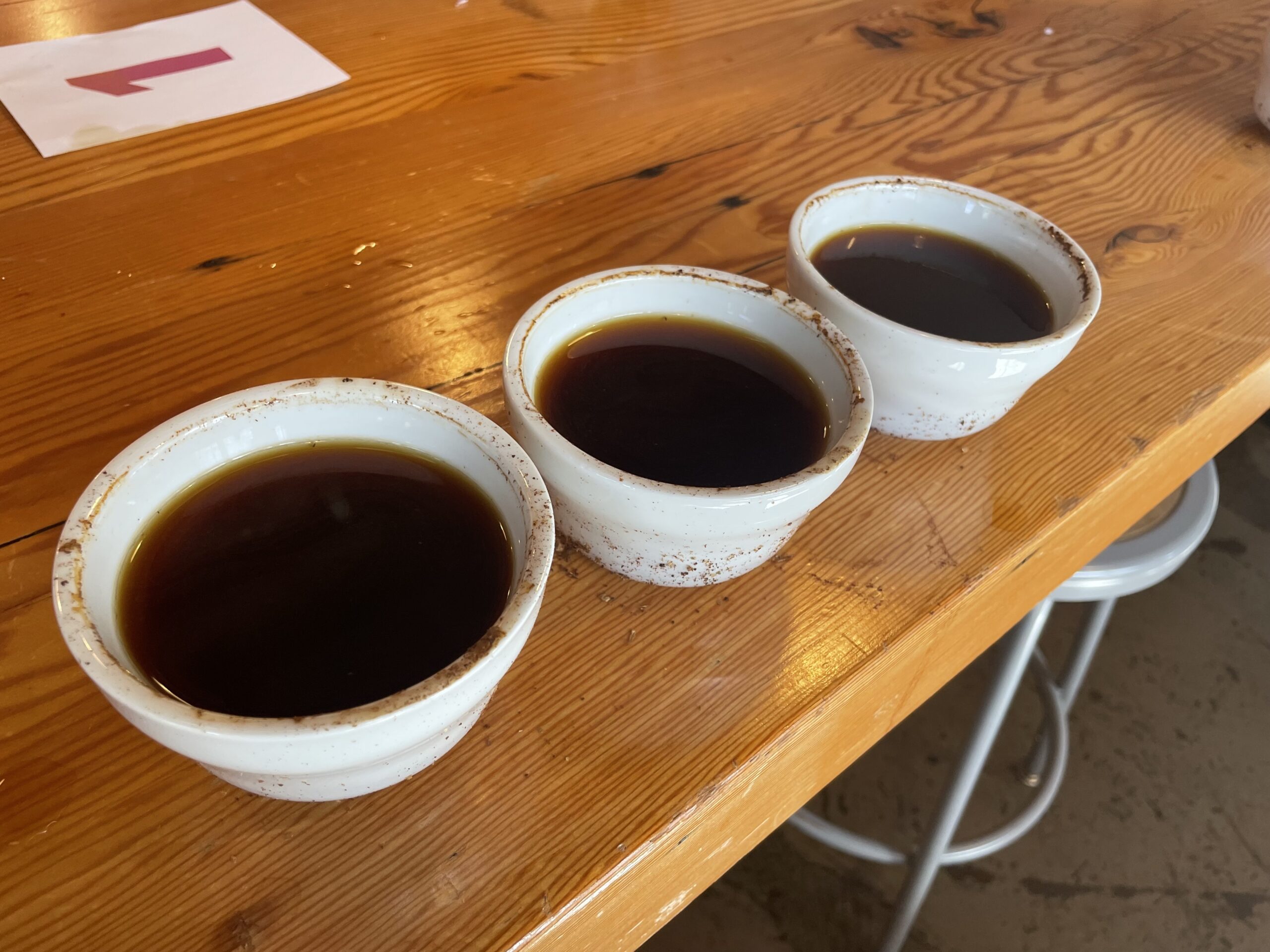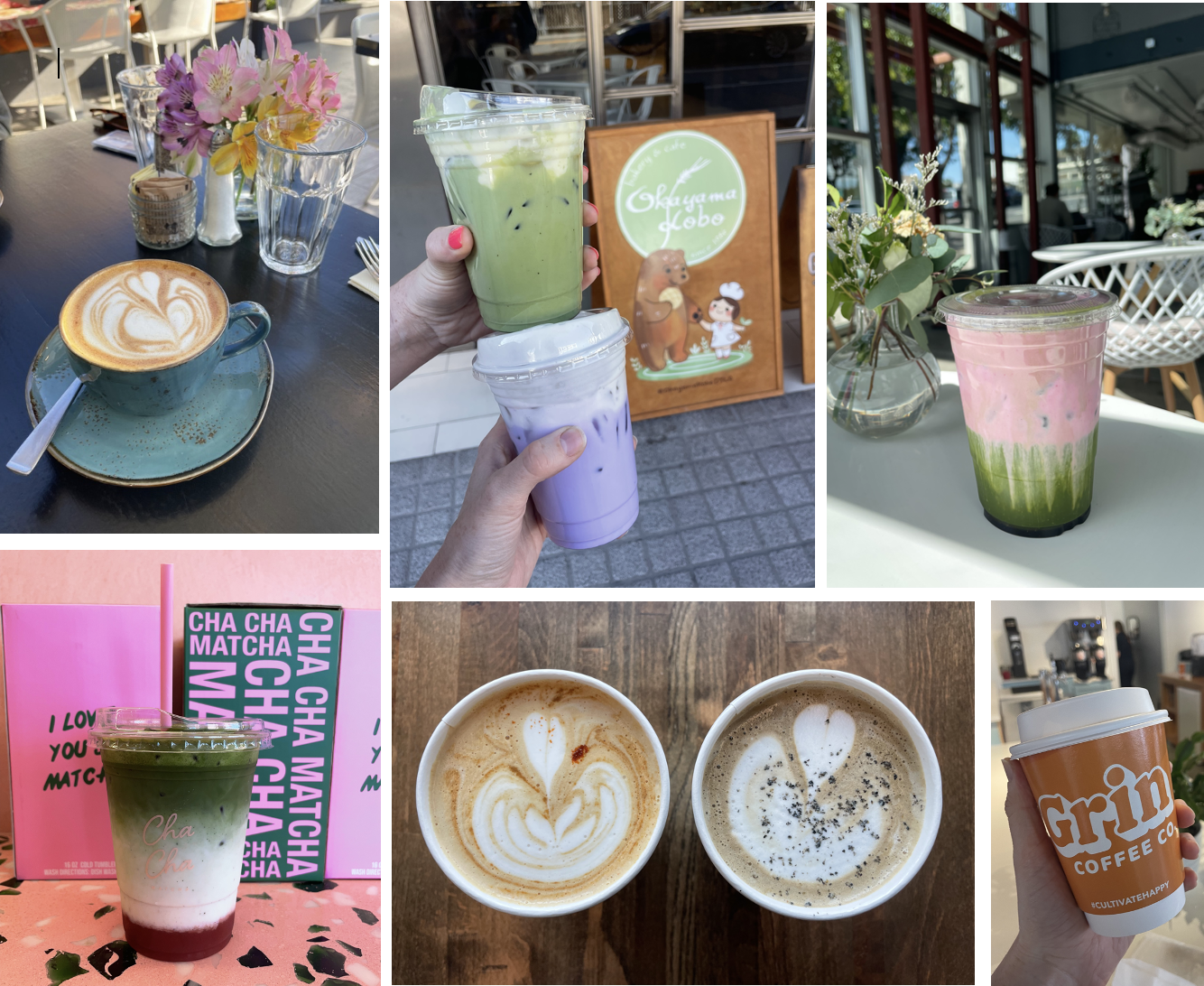Flavoring the perfect cup of coffee
While it may seem unassuming and simple, the process to create your preferred cup of coffee is anything but. Coffee beans inherently have their own varied flavor notes, which are affected throughout the entire process – from growth all the way to final preparation! These notes can be enhanced and complimented with added flavors. Whether highlighting notes already present, or transforming the cup into something new, flavors help distinguish your coffee from your competition.
Some of our team attended the Roast Summit in Portland this February, as well as CoffeeFest in NYC, and we learned so much about what goes into the complex process of coffee making.
Roast Summit
Over two days, we listened to five different talks detailing a wide range of topics in the industry. We also attended workshops around cupping, roasting, and green coffee. It’s an intricate process from start to finish, all of which can impact the final taste. Location of the trees, the soil, weather variability, and more all affect the taste of the coffee.

One of the sessions was hosted by the San Franciscan Roaster Co, where we each got to roast our own set of beans. One of their very talented roasters, Alex, walked us through the entire process. The key aspects we monitored were the temperature of the beans, the temperature of the air in the machine, and roasting time.
I created a medium roast, and Melissa created a light roast coffee, each of us changing the controls slightly for different tasting notes. While the coffee was roasting, the aroma changed throughout. Shortly after the process began, the beans looked like peanuts in color, and smelled almost woody or grassy. As they progressed, the scent changed, becoming much sweeter and almost like baked bread. A key part of the roasting involved listening for the “first crack”, which sounds like popcorn. This occurs around 385 degrees F, and is a result of water in the bean transforming to water vapor.
Reexamining Green Coffee Defects
One of my favorite talks of the summit was by Camila Khalifé, who challenged the beliefs around what qualifies as a defect in green coffee. As determined by the Specialty Coffee Association (SCA), there are primary and secondary defects, which can compromise the flavor of the coffee. In order to classify as a specialty grade coffee, there must be no primary defects, and no more than 5 secondary defects, in a 350g sample. A more thorough description can be found here and here.
Losing a specialty grade qualification can be extremely costly for coffee farmers, or even result in lost contracts. Furthermore, it takes about 5 pounds of coffee cherries to produce just 1 pound of coffee beans. Add this to amount of land needed, the potential for plant disease, and the difficulty to cultivate, and it’s increasingly important to save as much coffee as possible. The second day we all did a blind coffee tasting, and voted on which could be classified as specialty coffee. The general consensus, even with seasoned coffee roasters in attendance, placed all but one coffee as specialty grade. It was then revealed that every coffee we tasted had enough “defects” to not allow for specialty grading.
Coffee Cuppings
One of the sessions on day two was a cupping workshop, hosted by the Cup of Excellence competition. It was interesting to learn more about a cupping, which is essentially a coffee tasting. This is best done in the morning, without sounds or distractions. It’s an important practice in many places around the world, and is standardized as a means to evaluate the different qualities of a coffee.

Coffee is always brewed in a cupping simply by pouring the hot water over coffee grinds in each cup, to standardize the process. Once it has finished steeping, the “crust” that forms at the top of the cup is broken, and the foam is removed with a spoon. Now it’s time for the cupping! Each armed with a spoon, we dipped just into the coffee, and then took a big slurp of the liquid to spread it across our palate. Each coffee was tasted in three cups, at slightly varying temperatures, to allow for a more comprehensive taste profile. It was a lot of fun, and interesting to compare tasting notes with roasters and more seasoned cuppers. We graded each coffee in metrics such as acidity, mouth feel, and flavor, resulting in an overall score that could go up to 100.
Flavoring Coffee
We really had an excellent time at the Roast Summit. While our flavors can go into any application, it is always helpful to learn more about how different products are made. Coffee in particular is a fairly complex process, as every step in its production affects the final taste. Our Chief Flavorist has extensive experience flavoring coffee, and had a hand in developing flavors well suited for coffee. If adding the flavor directly to the beans, this is best done after they have finished roasting. Flavors also work really well in creamers, syrups, and foams!
We have a wide selection of flavors perfect for coffee, from tried and true favorites like caramel and hazelnut, to more unique and interesting flavors like Cinnamon Toast Crunch and Blueberry Maple. A sampling of some flavors include:
Raspberry Danish Cinnamon Toast Crunch
Highlander Grogg Blueberry Maple
Key Lime Pie S’mores
Banana Cream Pudding Cherry Garcia
Lemon Sorbet Pineapple Upside Down Cake
Horchata Blueberry Lavender
Fruity Loops Cereal Milk Chocolate Peppermint Bark
Coffee Travels

We love trying different coffees when we travel, and these are just a few of the delicious and beautiful cups we’ve had. From gochujang and black sesame lattes (bottom middle) to more standard pour overs, we’ve enjoyed every cup! A tasty drink from a cute coffee shop is always a good way to remember a trip. When I went to Vienna nearly seven years ago, the book I happened to be reading at the time was The Monk of Mokha by Dave Eggers. The story follows a young Yemeni-American through his travels and determination to spread Yemeni coffee. It also details the history of coffee, as well as what a coffee cupping is. Reading this book in coffee shops sparked a new interest in coffee for me, and I’ve loved finding different cups ever since!
Contact us today to sample one of our many flavors perfect for coffee (or tea!) today – or, work with us to create something new and uniquely you. Whether you’re inspired by your own travels, a story you wish to tell, or a flavor you’re hoping to recreate, our flavors can take you there.